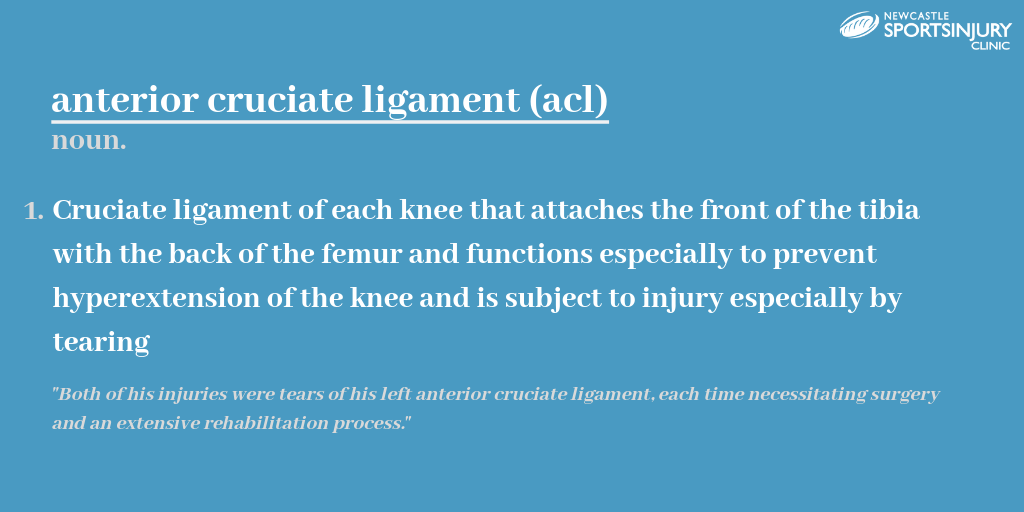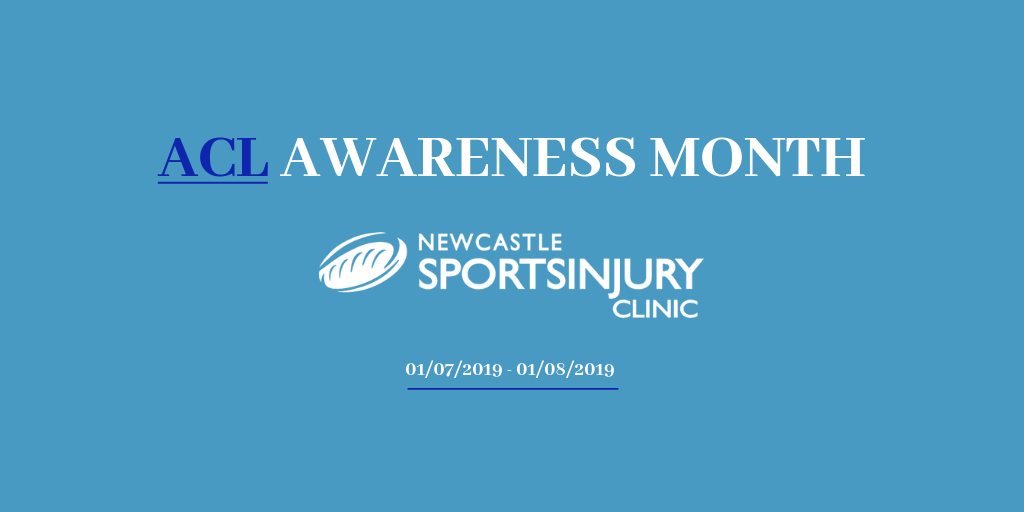 No matter what your background in biology and anatomy is, if you are a sports fan it is highly likely that you will have come across or heard of the Anterior Cruciate Ligament or ACL for short.
No matter what your background in biology and anatomy is, if you are a sports fan it is highly likely that you will have come across or heard of the Anterior Cruciate Ligament or ACL for short.
But what exactly is it? And why are ACL injuries so common?
The Anterior Cruciate Ligament is, funnily enough, a ligament, located in the middle of the knee joint that connects your thighbone (Femur) to your shinbone (Tibia). It is located underneath the kneecap (Patella) and is responsible for the stability of the knee joint where it works to hold the upper and lower legs together.
There are four ligaments within the knee and the most commonly injured, yes – you guessed it, is the ACL. This often occurs when changing direction rapidly, slowing down from running, or landing from a jump which is why we see it so often across sports such as Football, Tennis, Basketball and Skiing – all of which are essentially high-impact, fast-paced and what we refer to as ‘pivot’ sports.
So, what happens when you injure your ACL?
You would think tearing, rupturing or injuring your ACL is a hugely painful experience but you would be surprised that there are cases of people suffering from such injuries and all that is a result is instability within the knee. However an injury or tear to the ACL is usually very painful and can debilitate a person for several months or even longer.
When the tear occurs, usually, you will hear a loud ‘pop’ – again in some cases this does not occur – which is followed by sharp intense pain and within an hour, your knee will begin to swell, where you will start to feel an almost aching sensation. The ACL is responsible for knee stability, so if you have injured or torn the ligament the joint will become unstable and tends to ‘give out’ with even the simplest of tasks such as walking.
What are treatments for an ACL injury?
Unfortunately, when injured the ACL usually becomes completely dysfunctional and replacement or reconstruction tends to be the standard solution. There are ways however to avoid the knife. This does depend on several factors including the likes of age and sporting ability, normally if you are a keen athlete, surgery is the best option. This is, however, only the first step, once completed it is very important to implement a rehabilitation programme to help maintain the recovery process. If surgery is not for you, a combination of bespoke rehabilitation and physiotherapy programmes can help to strengthen the muscles around the knee to compensate for the nonworking ACL. Either way the need for bespoke physiotherapy and rehabilitation is crucial in your recovery process.
Prevention…
Although ACL injuries or tears are unpredictable and can happen at any time, there are some preventative measures you can adopt to reduce the risk:
- Exercises that strengthen leg muscles
- Exercises to strengthen the core
- Training and exercise that focuses on proper technique and knee position
- Training to improve technique when performing pivoting movements
Keep up to date with our ACL Awareness Month campaign by following us across all our social media.

